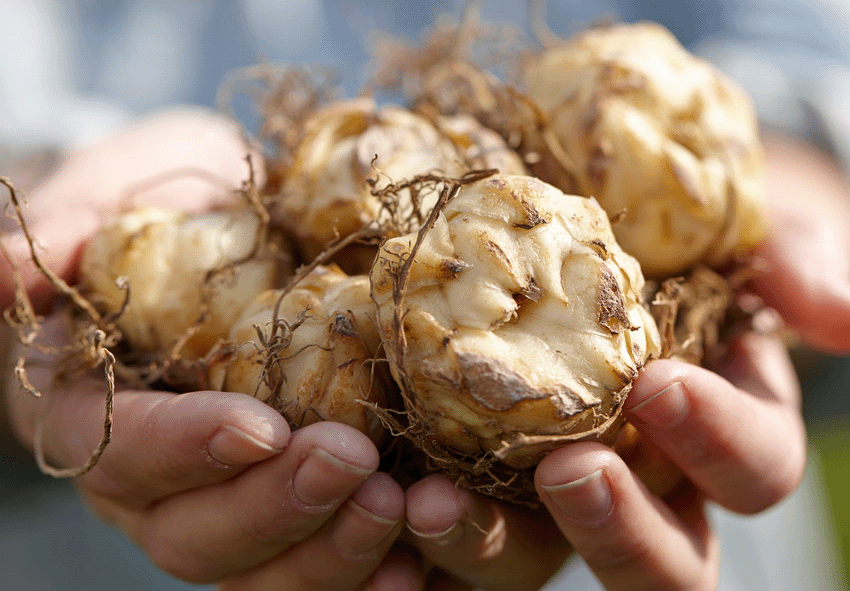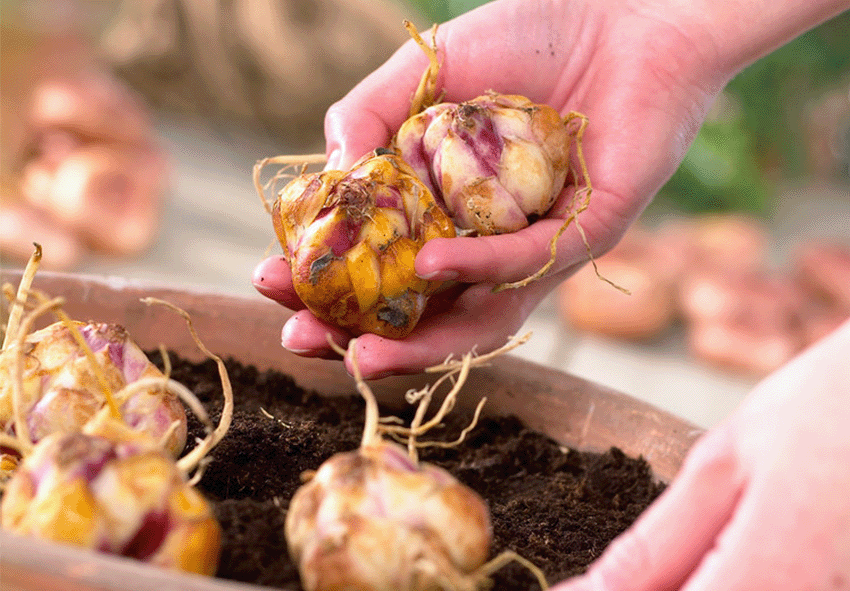Planting lily bulbs can add a touch of elegance and beauty to any home interior or garden. These vibrant and graceful flowers have been cherished for centuries for their exquisite appearance and delightful fragrance. Whether you are a seasoned gardener or a beginner, understanding the dormancy and growth cycle of lily bulbs, determining the right time to plant them, assessing soil conditions, and following a step-by-step guide can help you successfully cultivate these stunning blooms. In this article, we will delve into the intricacies of planting lily bulbs, offering valuable tips and insights to ensure a flourishing display in your garden.
Understanding Lily Bulb Dormancy and Growth Cycle
Before embarking on your lily bulb planting journey, it is crucial to comprehend their dormancy and growth cycle. Lily bulbs go through a period of dormancy during the winter months, allowing them to gather strength and prepare for the blooming season. This dormancy period is essential for the bulbs to develop the necessary energy reserves for producing remarkable flowers.
As spring approaches, lily bulbs awaken from their slumber, commencing their growth cycle. They start sending out roots to anchor themselves in the soil, absorbing vital nutrients and moisture for sustenance. Simultaneously, the shoots emerge from the bulbs, gradually growing into tall and graceful stems. Finally, the buds appear, teasing us with the promise of breathtaking blossoms.
Determining the Right Time to Plant Lily Bulbs

Timing is crucial when it comes to planting lily bulbs. The optimal period for planting lily bulbs varies depending on the specific variety and the climate in your region. Generally, it is recommended to plant lily bulbs in the late autumn or early spring. However, to determine the exact timing, it is advisable to consider the natural climate of your area and the specific requirements of the lily variety you have chosen.
Planting lily bulbs in the fall allows them to establish their roots before winter, enabling a strong foundation for vigorous growth in the following spring. On the other hand, planting in early spring ensures that the bulbs are not exposed to harsh winter conditions, providing a better chance for successful growth. Researching the specific requirements of your lily variety and consulting with local gardening experts will help you determine the most suitable time to plant.
Assessing Soil Conditions for Lily Bulbs
To ensure healthy growth and vibrant blooms, it is essential to assess the soil conditions in your garden before planting lily bulbs. These plants thrive in well-draining soil that is rich in organic matter. Prior to planting, it is advisable to amend the soil with compost or well-rotted manure to improve its structure and nutrient content.
Lily bulbs prefer slightly acidic to neutral soil pH levels ranging from 6.0 to 7.0. Testing the soil pH can be done using a simple home testing kit available at garden centers or through professional soil testing services. Adjusting the pH, if necessary, by adding lime to raise pH or sulfur to lower it, will create an ideal environment for lily bulbs to flourish.
Step-by-Step Guide for Planting Lily Bulbs

Now that you have a good understanding of lily bulb dormancy, the right planting time, and the importance of soil conditions, let’s explore a step-by-step guide for successfully planting lily bulbs:
- Selecting the right bulbs: Choose healthy and firm lily bulbs from reputable sources. Avoid bulbs that show signs of damage or mold.
- Choosing the planting location: Find a well-lit area in your garden that receives at least six hours of direct sunlight daily. Ensure that the chosen spot has well-draining soil.
- Preparing the soil: Dig a hole deep enough to accommodate the lily bulb, typically around 6inches. Loosen the soil at the bottom of the hole to promote good root growth.
- Planting the bulb: Place the lily bulb in the hole with the pointed end facing upwards. Gently backfill the hole with soil, ensuring that the bulb is covered to a depth of approximately 3 to 4 inches.
- Spacing and grouping: Space the lily bulbs at least 8 to 12 inches apart to allow room for their growth. Consider grouping bulbs together in clusters for a more dramatic visual impact.
- Watering and mulching: After planting, water the bulbs thoroughly to settle the soil. Apply a layer of organic mulch, such as shredded bark or straw, around the planted area to conserve moisture and suppress weed growth.
- Care and maintenance: Regularly water the lily bulbs to keep the soil consistently moist but not waterlogged. Avoid overwatering, as it can lead to bulb rot. Additionally, remove any weeds that may compete with the lilies for nutrients and space.
Troubleshooting Common Issues
Despite your best efforts, you may encounter some common issues when planting lily bulbs. Here are a few troubleshooting tips:
Pest and disease control: Keep an eye out for common pests like aphids or lily beetles, and promptly address any infestations. Proper sanitation and regular inspection can help prevent disease outbreaks.
Staking tall varieties: Some lily varieties can grow quite tall and may require staking to support their stems. Use bamboo stakes or plant supports to prevent bending or breaking of the stems.
Frequently Asked Questions (FAQs) about Lilies
1. When is the best time to plant lily bulbs?
Lily bulbs are best planted in the late fall or early spring. Late fall planting allows the bulbs to establish roots before the ground freezes, while early spring planting can be done as soon as the soil is workable. For optimal results, consider planting them in a well-drained location with partial to full sunlight.
2. What are the optimal planting techniques for lily bulbs?
To ensure successful lily bulb planting, make sure the soil is well-amended with organic matter and provides good drainage. Adding a layer of mulch can help maintain moisture and temperature. Water thoroughly after planting and maintain consistent moisture, but avoid waterlogging. Additionally, lilies prefer full sun to partial shade, so choose an appropriate location in your garden.
3. Do Holland lilies require a lot of sunlight?
Yes, lilies thrive in full to partial sun. They need at least 6 hours of sunlight daily to grow healthy and produce vibrant blooms. Plant them in a spot where they can receive adequate sunlight, and they’ll reward you with beautiful flowers.
4. Do lilies require any special care after planting?
After planting lily bulbs, water them thoroughly to help settle the soil and encourage root growth. Mulch can be applied to conserve moisture and regulate soil temperature. Lilies also benefit from regular feeding with a balanced fertilizer during the growing season. Keep an eye out for pests and diseases, and address any issues promptly.
5. Can I order lily bulbs from your online store?
We’re pleased to inform you that you can indeed order lily bulbs from our online store. We offer a wide variety of lily bulb cultivars, each carefully selected for their beauty and performance. Whether you’re a seasoned gardener or just starting, our online store provides a convenient way to purchase high-quality lily bulbs for your garden. Please browse our catalog for the latest selection and planting tips.
Published: 26.05.2023
